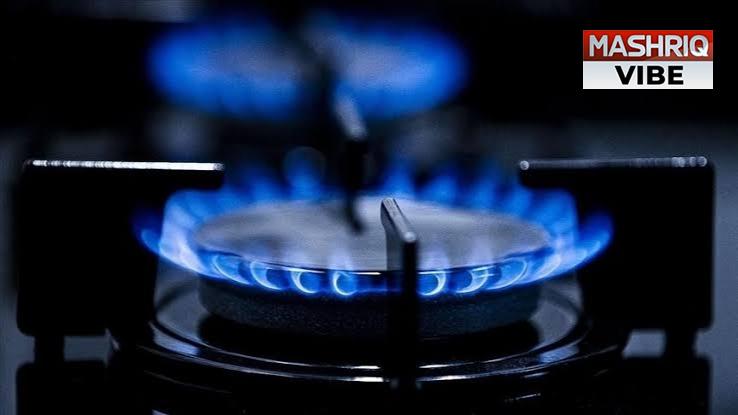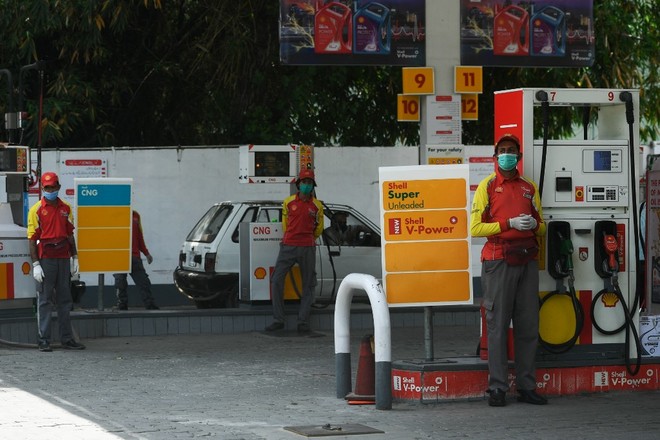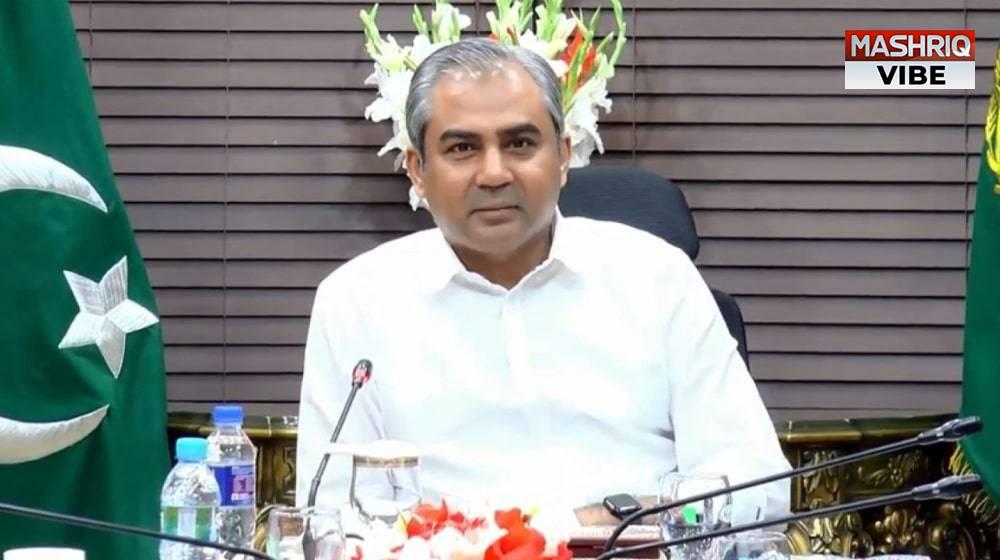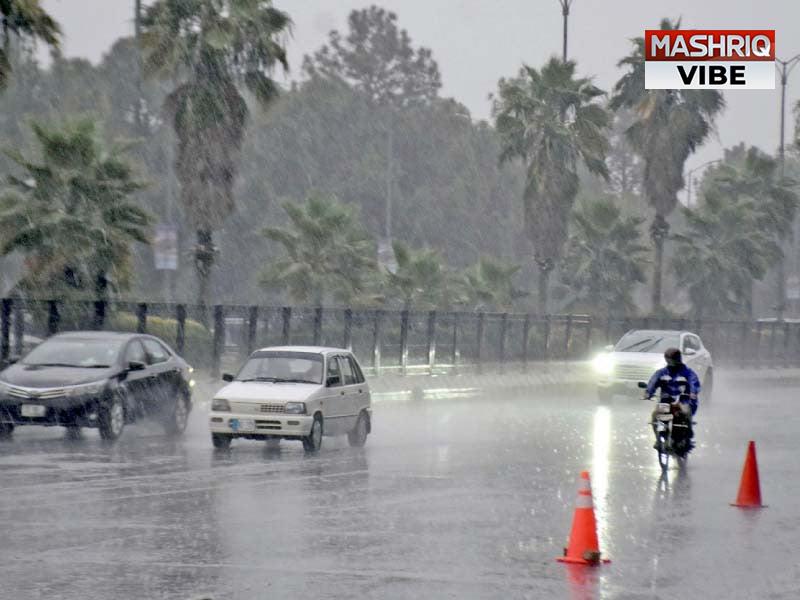Pakistani consumers are set to face a staggering 50% surge in natural gas prices, starting from July 2023. The Oil and Gas Regulatory Authority (Ogra) recently concluded its determinations for two struggling state-run gas utilities and submitted them to the government for issuance of a notification. The upcoming fiscal year of 2023-24 will witness the collection of an estimated revenue requirement (ERR) of Rs697.4 billion from gas consumers, according to Ogra’s calculations.
The Sui Northern Gas Pipeline Limited (SNGPL), responsible for gas supply to consumers in Punjab and Khyber-Pakhtunkhwa (KP), will bear the burden of collecting Rs358.4 billion. Meanwhile, the Sui Southern Gas Company (SSGC), serving consumers in Sindh and Balochistan, will collect Rs339 billion. These substantial amounts reflect the inevitable price surge that consumers will face.
Ogra’s decision entails a significant increase in the average prescribed price for both SNGPL and SSGC. SNGPL’s average prescribed price will rise by 50% or Rs415.11, while SSGC’s average prescribed price will witness a 45% increase or Rs417.23. This surge primarily accounts for the cost of gas, which makes up over 85% of the determined price. The agreement between the Government of Pakistan and gas producer companies serves as the basis for calculating this cost.
While the proposed notification is pending government approval, once implemented, it will grant the SNGPL and SSGC the authority to collect hundreds of billions of rupees from consumers. The SNGPL initially requested revenue requirements of Rs1044.12 billion, including a revenue shortfall from the previous year. The SSGC sought an increase of 42% to recover a substantial amount. The regulator’s proposal aims to eliminate the distinction between protected and unprotected slabs for gas consumers, with a uniform prescribed price of Rs1238.68/MMBtu for various categories.
This change will have far-reaching consequences, particularly for protected low-slab consumers, who will face a staggering 923% increase in gas prices. However, high gas-consuming slabs and certain industries, including CNG stations, cement, fertilizer, power stations, and independent power producers (IPPs), can expect a reduction in gas prices. The feedstock gas prices for the fertilizer sector, on the other hand, will more than double.
The proposed increase in gas tariffs for lower slabs and the reduction for higher slabs will significantly impact the majority of gas consumers, as over 80% fall within the lowest three to four slabs. The roti tandoor category, commercial consumers, and ice factories will also witness fluctuations in gas tariffs. The overall implications of this decision are substantial and could have far-reaching consequences for the Pakistani economy and the daily lives of its citizens.














